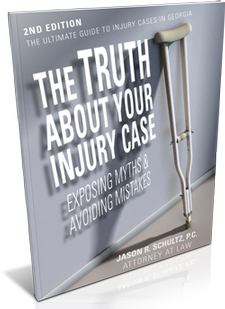3) Wear the Right Clothes
Use sturdy walking shoes and avoid slip-ons or flip-flops that can easily fall off. If you are walking at night, be sure to wear white or brightly colored clothing and consider attaching a light or reflector to your belt on the front and back to alert drivers of your location.
4) Plan a Safe Route and Be Prepared
Plan your route beforehand, looking for the routes with the most sidewalks and least amount of road crossings or other hazards. Plan to end your walks before dark. If the weather looks threatening, plan your trip for a different day.
Make sure you have your cell phone with you to call a loved one if you are injured or lost. Also, consider buying a medical alert bracelet or necklace that works outside the home.
5) Walk in Groups
Walking with other seniors is not only safer, it also offers more opportunities for camaraderie. The more people in your group, the better chance you have of hearing oncoming traffic or noticing hazards before someone gets hurt.
If there are no other seniors in your area, ask a family member or neighbor to walk with you.
6) Know Your Limits
If you know you cannot walk for long periods, choose a route with several public benches or places you can stop along the way. If you feel tired, find somewhere safe to sit down and rest until you can continue.
Consider public transportation or other senior transportation services if you do not think you will be safe walking around town.


